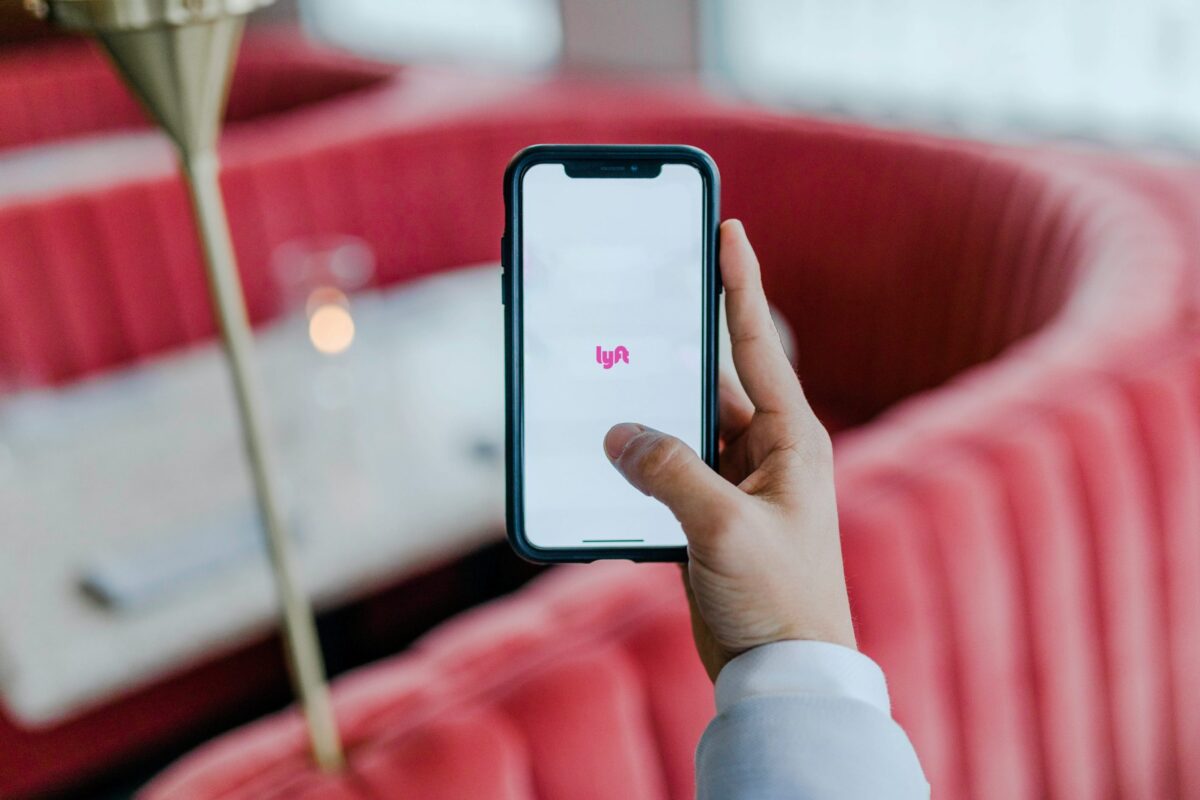
If you’re like most people, when you hear yourself on a recording, your first thought is, “Oh my gosh, that’s not really what I sound like, is it?” The short answer is: yup, that’s you! Here’s a bit of insight as to why, and a few tips to make sure you sound your best, no matter what kind of voice you have.
When you are listening to someone else, the “input” goes in your ear, hits the ear drum, and sends vibrations through the inner ear canal, which the auditory nerve takes up to the brain for interpretation. This is also how it works when you’re listening to yourself on a recording, which is like listening to another person.
On the flip side, when you speak, of course your own words come out your mouth and the sound goes into your ear for the same process we just discussed, but that’s only half of the input.
The other half is that when you speak, air comes up from your lungs through your throat and vibrates through your vocal cords, the “source” of your voice. But then those vibrations also ricochet off the muscles in your throat and mouth, in your nasal cavity, and create residual vibrations that hit the bones in your neck and head as well, sending their own pulses to the brain.
In essence, when you listen to someone else or a recording of yourself, you’re listening in “mono-sound,” or single track. But when you listen to yourself while you’re speaking, you’re listening in “stereo” or “surround-sound,” with a much fuller, richer sound.
So how can you ensure that everyone hears your best, most melodic voice? Here’s three quick tips that will help them hear your ideal sound.
First, hydrate. Make sure you drink enough water, because a dry throat, dry mouth and tired throat muscles don’t allow sound to flow easily. The “fine print” to this is that it also means you should limit caffeine (*gasp!*) prior to an important speaking opportunity, because caffeine is a diuretic that makes the problem worse.
Second, limit dairy. Dairy produces mucous, and mucous gives you that sensation of perpetually needing to clear your throat as well, which is an annoying habit to hear time and again in any speech, presentation or conversation.
Lastly, breathe! The way you breathe will directly affect the quality of your voice. Start with your posture. If you’re slouched in your chair, you limit the amount of air you can take in, which is the fuel for your voice. And as you run out of air, it “fries out,” with a frog-like, croaky sound. Some people also ramble on and on without taking a breath for fear that if they do, someone will jump in during that split second and cut them off. Once the air is mostly gone, if you keep on talking, that same vocal “fry” will creep in again.
Why does this matter? Because not only is it unpleasant and even annoying to listen to, but it sounds insecure, timid, and hesitant, which is a combo that connotes anything but leadership.
So remember: Drink water, limit caffeine and dairy before speaking, and remember to take enough breaths while you’re speaking. This allows you to maximize the fullness of your tone, so the voice you hear in your head more accurately reflects the voice that everyone else hears when they listen to you… and that’s a voice the projects confidence, control, poise and power.
Who doesn’t like the sound of that?
********
Do you have questions or comments about the issues in today’s post, want to know how to apply them, or how to help others with them? If so, contact me at laura@vocalimpactproductions.com or click here to instantly schedule a 20-minute focus call to discuss it with me personally!



















